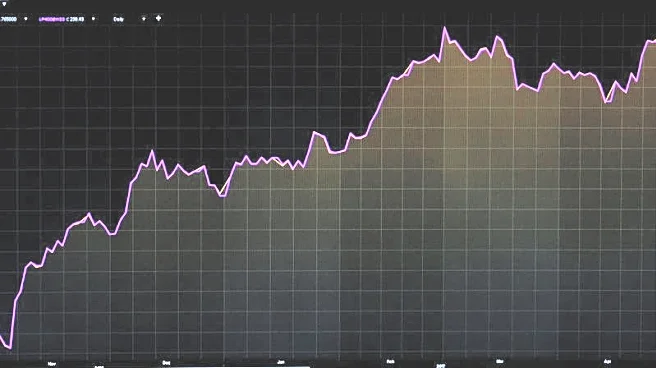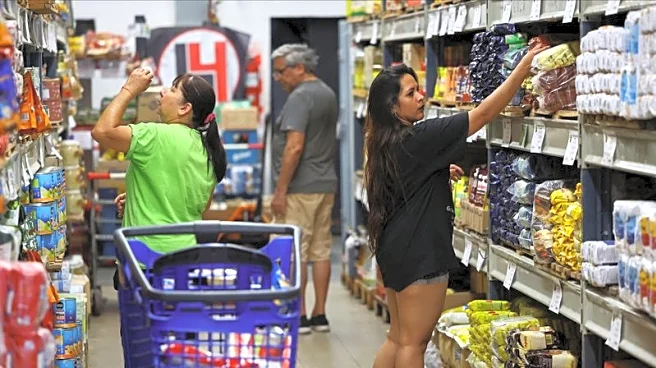What's Happening?
The U.S. hotel industry is preparing for a challenging period as CoStar and Tourism Economics have revised their forecasts, lowering expectations for occupancy and revenue in 2025 and 2026. The latest
projections indicate a slight decline in occupancy to 62.3% for 2025, accompanied by a 0.4% decrease in revenue per available room (RevPAR). These adjustments mark the first total-year RevPAR declines since the economic downturns of 2020 and 2009. Amanda Hite, president of STR, highlighted the impact of rising unemployment and inflation on the industry's outlook, noting that ADR is growing well below the rate of inflation, which will put more pressure on margins.
Why It's Important?
The revised forecasts for the U.S. hotel industry are significant as they reflect broader economic pressures, including rising unemployment and inflation. These factors are expected to impact profitability, with GOPPAR projections lowered due to increased expenses in food and beverage, marketing, and utilities. Labor costs are also anticipated to rise, particularly in labor-intensive departments. The industry's ability to adapt to these challenges will be crucial for maintaining stability and preparing for potential growth opportunities in the future.
What's Next?
Looking towards 2026, the forecast remains cautious but slightly more optimistic. Aran Ryan, Director of Industry Studies at Tourism Economics, anticipates a moderate strengthening of the U.S. travel economy. Factors such as household income growth, tax cut benefits, and increased interest in international travel, particularly due to the World Cup, are expected to contribute to this recovery. The industry will need to focus on adapting to changing market conditions while preparing for potential growth opportunities in the years to come.












